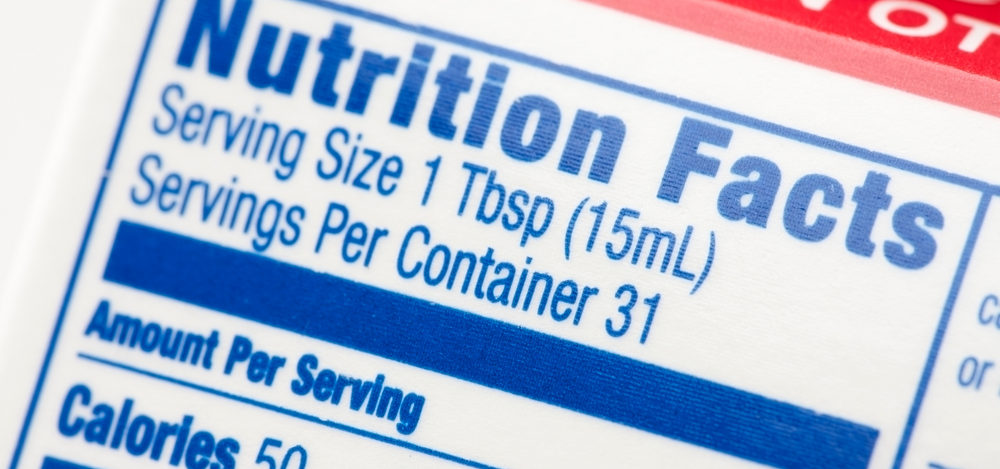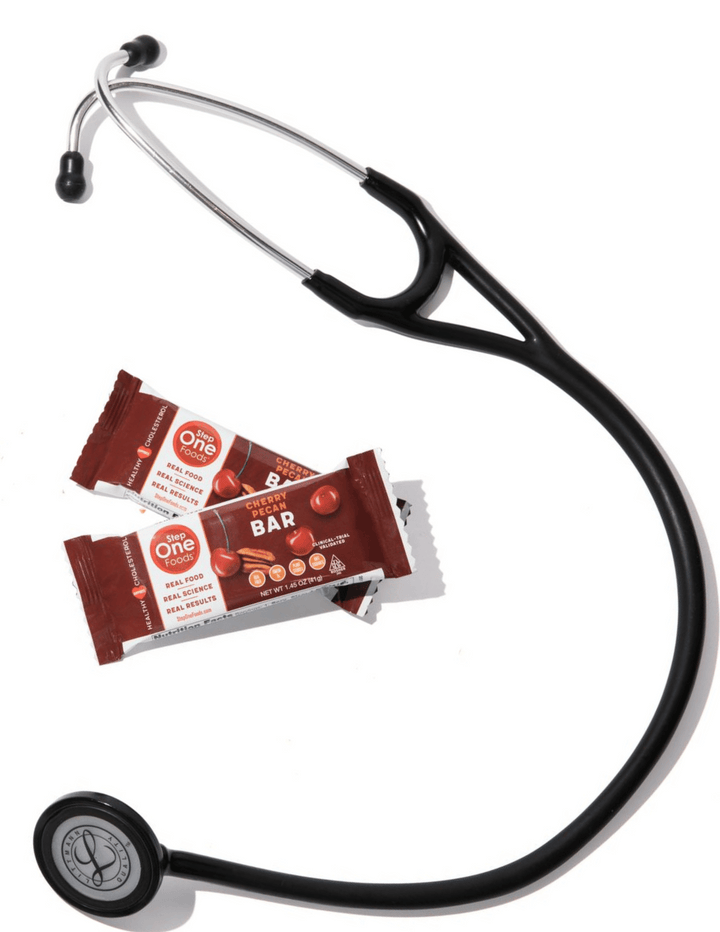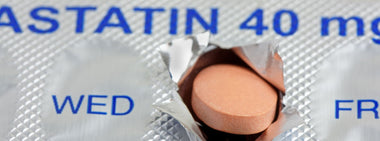If everything is so good for us why are we all so sick? Part 3

We’ve looked at misleading front-of-package claims and explored the minefields present in the ingredient list. This week, we evaluate the nutrition panel—and it may be less helpful than you think.
What Is the Nutrition Panel?
The Nutrition Panel is another tightly regulated section of any packaged food. Like the Ingredient List, its appearance is highly standardized by law. The intent is to make it easy to find information about a food’s nutrient composition and help consumers compare products. It’s where we’re told to go when deciding whether to add something to our shopping cart.
But does it really help us evaluate the quality of what we’re eating? Let’s Compare Two Nutrition Panels. Take a look at the two panels below. Can you tell which one represents the better option?


If you’re having a tough time choosing, don’t feel bad. In many ways, these nutrition panels are fairly interchangeable. Yes, one has more fiber, while the other has less sugar and more protein—along with a day’s worth of vitamin C. But on balance, it seems like a toss-up.
Now, what if I told you one panel was for 16 gummy bears and the other was for 2 apples?
(Spoiler: The apples have the fiber.)
Why the Nutrition Panel Can Be Misleading
The nutrition panel can lead you astray because it focuses primarily on macronutrients, offering a high-level view of what’s in your food.
However, there’s far more to an apple than its fat, cholesterol, sodium, protein, and sugar content. Meanwhile, gummy bears offer little beyond sugar. The type of sugar—and the context in which it’s consumed—matters.
And just because a food delivers 100% of a nutrient (such as vitamin C) doesn’t mean the delivery vehicle is good for your health.
How Can I Be Expected to Navigate All This?
If you’ve read all three installments of this series and feel like giving up on eating better, don’t lose hope. Next week, we’ll provide practical advice on navigating this dysfunctional food landscape.
In the meantime, know that when you choose Step One Foods, you’re selecting products made from the finest whole food ingredients.
This blog is part 3 of a 4-part series. Read part 4 here.

Tested & Proven Results.
- Cardiologist formulated
- Supported by over 500 publications
- Clinically-proven, in a double-blind randomized trial with Mayo Clinic and The University of Manitoba
80% of participants lowered their cholesterol in just 30 days. With just two servings per day, Step One Foods offers a proven-effective way to naturally lower LDL (bad) cholesterol.
Get heart health tips and articles like this, delivered right to your email.
New articles every week.
You may also like...

You don’t need to avoid foods with cholesterol…except for these




